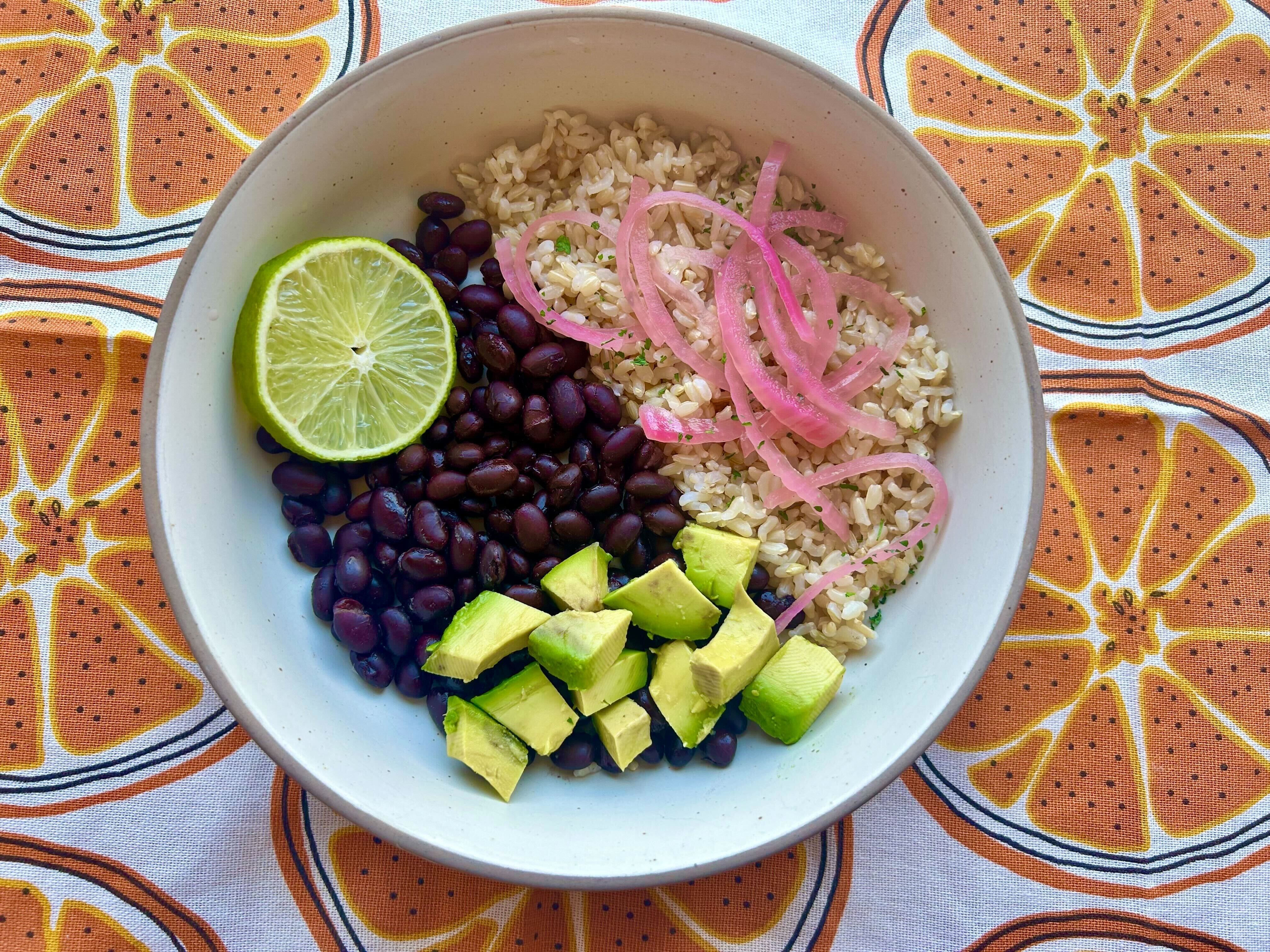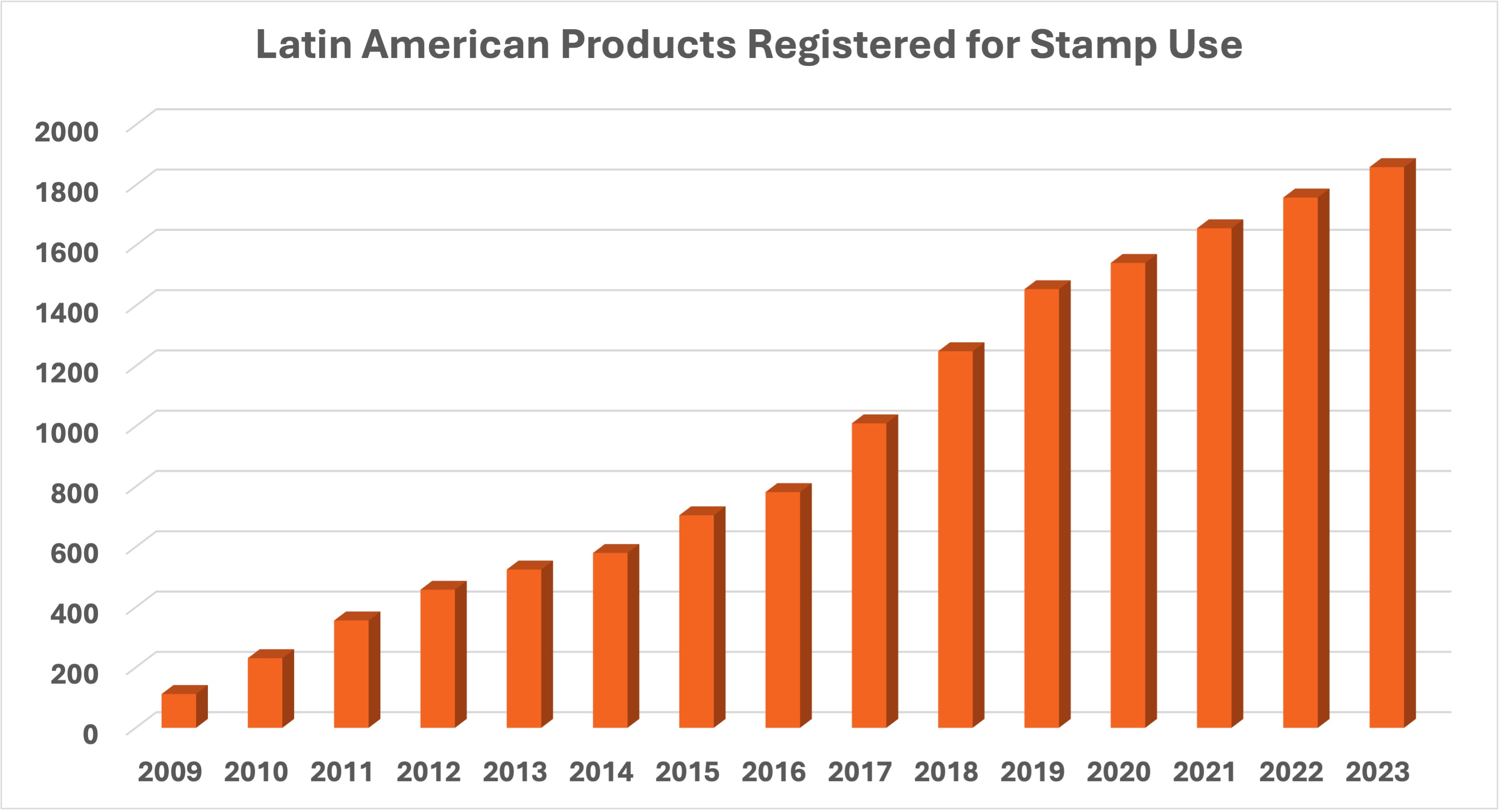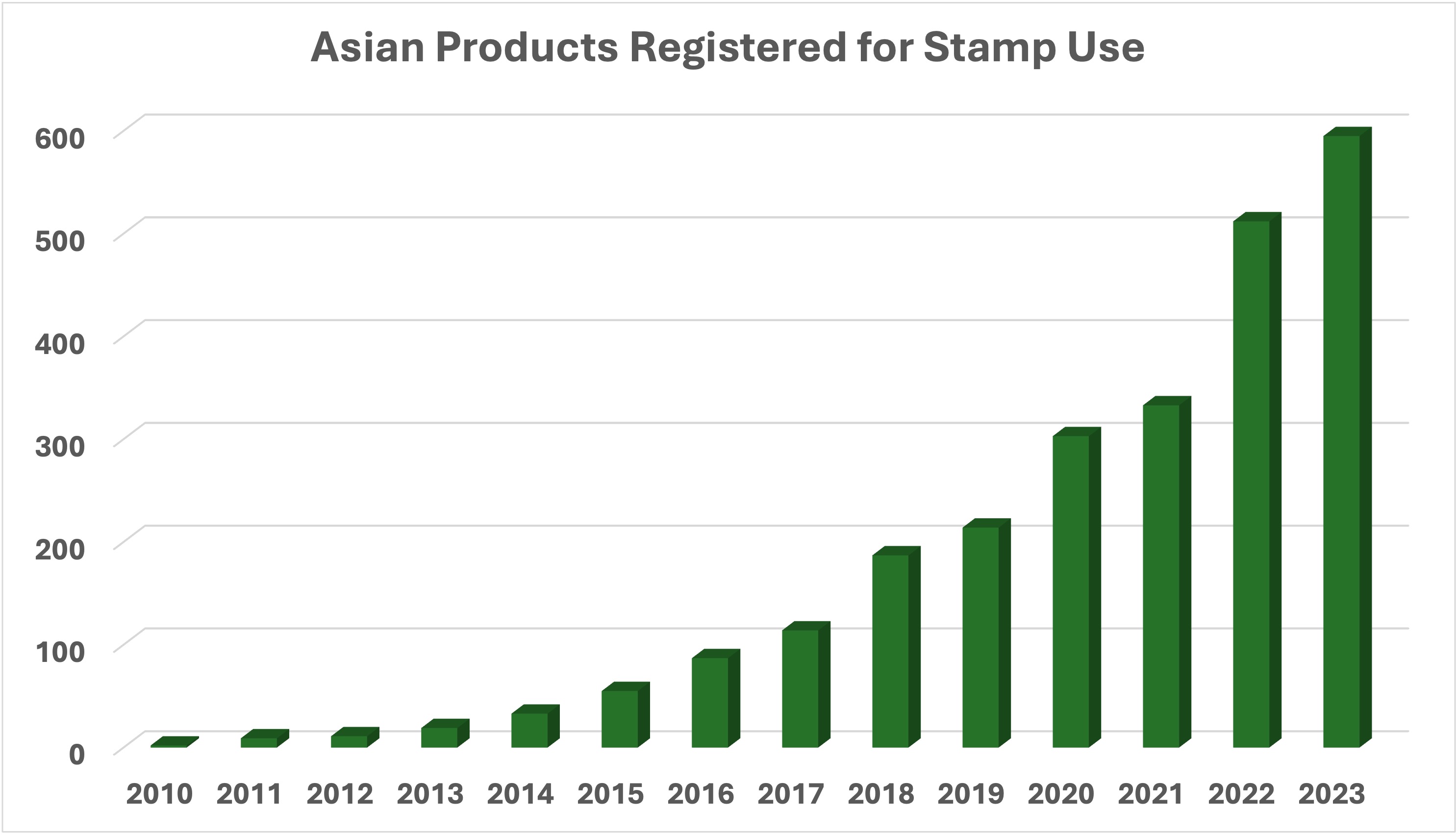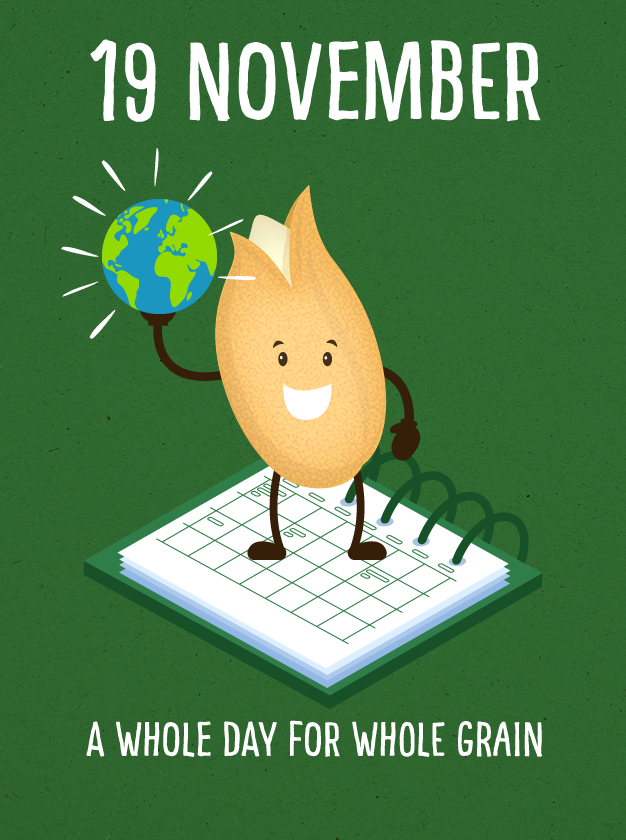Share This
Last week, we were speaking with a colleague in Australia who recently visited Costa Rica on her honeymoon. She’d been surprised and delighted to find the Whole Grain Stamp on all kinds of different whole grain products as she browsed the grocery store shelves there. It’s exciting to know that all the international product registrations we’ve reviewed over the past several years are an indication of how many readily available (and easily identifiable) whole grain food options exist now in so many countries. The Stamp is used in 65 countries around the world, and about one-third of all 13,000 Stamped products are available outside the United States. Latin America and Asia have both seen particularly significant growth in Stamp use in recent years.
Whole Grain Stamp Use in Latin America
The Stamp was first introduced in Latin America in 2009 and today there are more than 1800 products registered for Stamp use in this region, including breads, tortillas, granolas, pastas, and flours. We have had the opportunity to work with both the Mexican and Brazilian governments on their whole grain definitions and labeling in recent years and it’s been exciting to watch enthusiasm for whole grains grow in these countries. Whole grains sit at the base of our Latin American Heritage Diet Pyramid in recognition of the rich history that whole grains like corn, brown rice, amaranth, and quinoa have in this region.
Whole Grain Stamp Use in Asia
In 2010, the Stamp was introduced to the Asian market. Today there are about 600 Asian products registered for Stamp use, including noodles, oatmeal, breads, flours, and brown rice crackers. Grains and other nutritious plant foods make up the base of our Asian Heritage Diet Pyramid reminding us that grains like brown rice, millet, sorghum, and buckwheat are the foundation of traditional Asian cuisine.
The Importance of Switching to Whole Grains
Grains may be the single most important staple of our diets, and they also happen to be one of the most sustainable foods to grow. Grain foods supply almost half the world’s daily calories, and decades of nutrition science tells us that the more people eat these foods in their whole form, the better their health outcomes. Grain foods loom large on our plates, which means that shifting consumer behavior toward higher whole grain intake has the potential for huge returns for human health, the environment, and even the economy. We know that even small nudges in the right diretion can make a big impact.
We also know that one of the best ways to encourage increased whole grain consumption is to make sure consumers know how to find whole grain foods. When we created the Whole Grain Stamp in 2005, we wanted to offer shoppers a helpful tool for identifying whole grain products and measuring their whole grain content, but we couldn’t begin imagine back then the global impact it would have over the course of almost 20 years.
International Whole Grain Day
Interested in getting involved in the global whole grains movement? Join us, November 19th, as we celebrate the 6th annual International Whole Grain Day with friends and partners around the globe. Tune in for a whole grain webinar hosted at the EU Parliment in Brussels, sign up for EUFIC’s monthlong Switch to Whole Grains challenge, catch up on some whole grain podcasts from the GLNC in Australia, and join the Danish Whole Grain Partnership and Oldways Whole Grains Council as we celebrate on social media with videos, recipes, and more. (Caroline)





Add a Comment